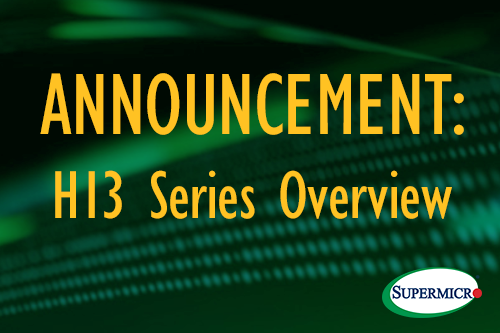Last month, the annual Supercomputing Conference 2022 (SC22) was held in Dallas. The Student Cluster Competition (SCC), which began in 2007, was also performed again. The SCC offers an immersive high-performance computing (HPC) experience to undergraduate and high school students.
According to the SC22 website: Student teams design and build small clusters, learn scientific applications, apply optimization techniques for their chosen architectures and compete in a non-stop, 48-hour challenge at the SC conference to complete real-world scientific workloads, showing off their HPC knowledge for conference attendees and judges.
Each team has six students, at least one faculty advisor, a sutdent team leader, and is associated with vendor sponsors, which provide the equipment. AMD and Supermicro jointly sponsored both the Massachusetts Green Team from MIT, Boston University and Northeastern University and the 2MuchCache team from UC San Diego (UCSD) and the San Diego Supercomputer Center (SDSC). Running AMD EPYC™ CPUs and AMD Instinct™-based GPUs supplied by AMD and Supermicro, the two teams came in first and second in the SCC Linpack test.
The Linpack benchmarks measure a system's floating-point computing power, according to Wikipedia. The latest version of these benchmarks is used to determine the TOP500 list, ranks the world's most powerful supercomputers.
In addition to chasing high scores on benchmarks, the teams must operate their systems without exceeding a power limit. For 2022, the competition used a variable power limit: at times, the power available to each team for its competition hardware was as high as 4000-watts (but was usually lower) and at times it was as low as 1500-watts (but was usually higher).
The “2MuchCache” team offers a poster page with extensive detail about their competition hardware. They used two third-generation AMD EPYC™ 7773X CPUs with 64 cores, 128 threads and 768MB of stacked-die cache. Team 2MuchCache used one AS-4124GQ-TNMI system with four AMD Instinct™ MI250 GPUs with 53 simultaneous threads.
The “Green Team’s” poster page also boasts two instances of third-generation AMD 7003-series EPYC™ processors, AMD Instinct™ 1210 GPUs with AMD Infinity fabric. The Green Team utilized two Supermicro AS-4124GS-TNR GPU systems.
The Students of 2MuchCache:
Longtian Bao, role: Lead for Data Centric Python, Co-lead for HPCG
Stefanie Dao, role: Lead for PHASTA, Co-lead for HPL
Michael Granado, role: Lead for HPCG, Co-lead for PHASTA
Yuchen Jing, role: Lead for IO500, Co-lead for Data Centric Python
Davit Margarian, role: Lead for HPL, Co-lead for LAMMPS
Matthew Mikhailov Major, role: Team Lead, Lead for LAMMPS, Co-lead for IO500
The Students of Green Team:
Po Hao Chen, roles: Team leader, theory & HPC, benchmarks, reproducibility
Carlton Knox, roles: Computer Arch., Benchmarks, Hardware
Andrew Nguyen, roles: Compilers & OS, GPUs, LAMMPS, Hardware
Vance Raiti, roles: Mathematics, Computer Arch., PHASTA
Yida Wang, roles: ML & HPC, Reproducibility
Yiran Yin, roles: Mathematics, HPC, PHASTA
Congratulations to both teams!





